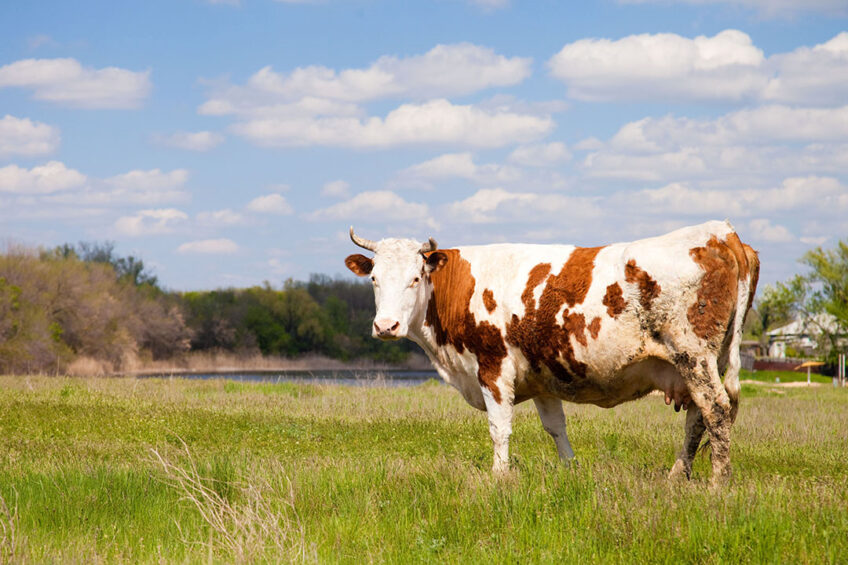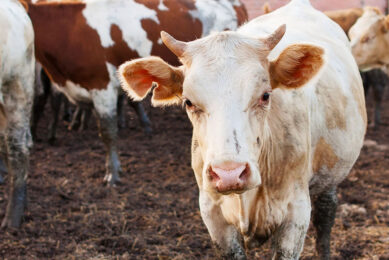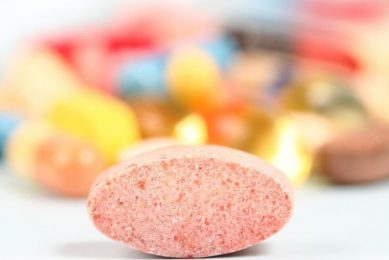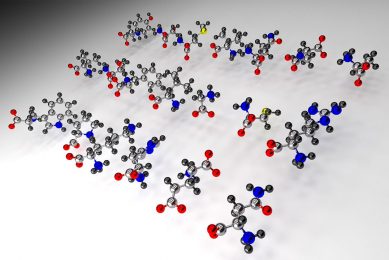China nears monopoly position in the Russian feed additive market

In 2022, Chinese companies delivered 86% of the feed additive requirement to the Russian market, Ekaterina Kachurina, senior analyst of the Russian consultancy Feedlot, disclosed during an industry conference in Moscow.
In the wake of Western sanctions, Russia saw a 54% slump in supplies of feed additives from the European Union. Whereas, Chinese companies ramped up export to Russia by 43% compared with the previous year, Kachurina reported. As a result, Chinese companies accounted for 88% of the Russian feed amino acids and 80% of feed vitamins import last year.
“Chinese producers managed to replace all those feed additives that were previously imported [to Russia] by European manufacturers, who for known reasons left the market last year,” she claimed.
Dependence on Chinese feed additives
The rising dependence on Chinese feed additives suppliers should be seen as a matter of concern. “If we want to achieve sovereignty [on the feed additives market], we need to develop our production of feed amino acids and vitamins, as well as expand the list of supplier countries,” said Kachurina.
In 2022, Russia imported 176,000 tons of feed additives, 16% more compared with the previous year, Feedlot estimated, citing the official data. These include 140,000 tonnes of feed amino acids and 36,000 tonnes of vitamins.
Feed additive import breakdown
Amino acids
Over a quarter of imports, 28.7%, are for lysine monohydrochloride. Its deliveries jumped by 27% compared with the previous year. Threonine is the second largest category – it accounted for 22% of the Russian feed additive last year, 10% up compared with 2021, Feedlot reported. Deliveries of methionine dropped by 27% and tryptophan – by 35%.
Vitamins
Among vitamins, Russia saw a drop in the import of biotin, as well as vitamins B2, B9 and B12, while the supply of B4 increased in 2022 compared with the previous year.
In addition, Feedlot reported that the Russian feed additives market experienced substantial price turbulence last year. While prices of some items like vitamins A 1000 and D3 decreased, the average price for betaine doubled, and prices for vitamins K3 and B5 tripled in 2022.
Logistic costs
To some extent, the rise in prices could be associated with expanding logistics costs. Russian market participants complained that the cost of delivering a container to Russia from the European Union nearly doubled last year, while the cost of delivering feed additives from China is basically higher than from Europe.
 Beheer
Beheer









 WP Admin
WP Admin  Bewerk bericht
Bewerk bericht